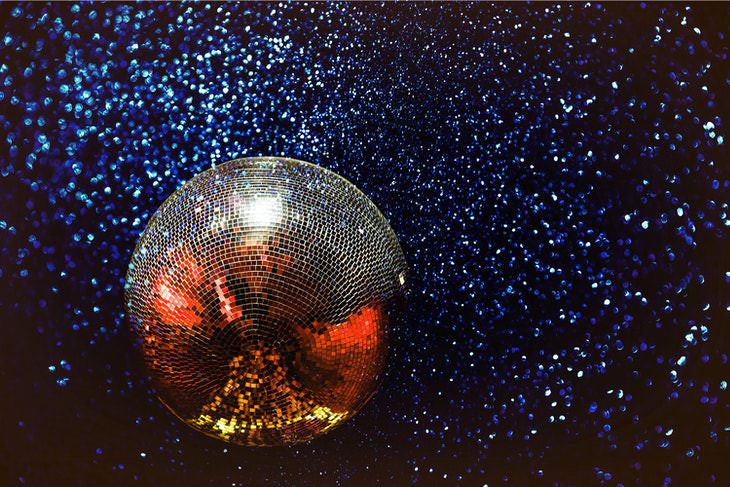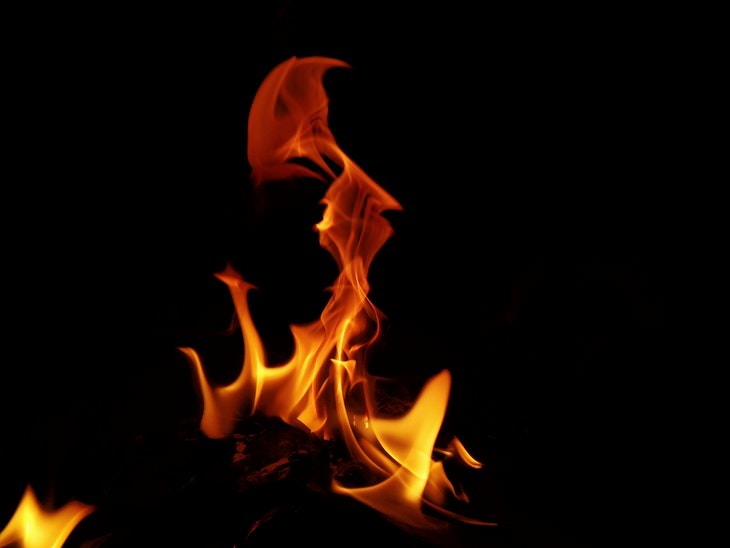1. Lemur
What’s so special about this cute animal’s name that it made this list? Well, there’s actually quite a cool and somewhat spooky story behind it. The primates were first discovered and described by Carl Linnaeus, a famous Swedish zoologist, and taxonomist around 1758. While exploring the tropical rainforests of Madagascar, Linnaeus stumbled upon dark human-like figures roaming across the jungle at night.
He described these primates and gave them the name ‘lemur’ after the malicious Ancient Roman ghosts of restless souls believed by the Romans to haunt the world every night. Judging by the name Linnaeus gave them, these friendly and curious primates must have really given the famous biologist a good spook!
2. Vaccine
We see a lot of buzz around vaccines these days, so we thought it might be fun to tell you about the connection between cows and vaccines. The etymology of the term ‘vaccine’ goes all the way back to 1796, the year Edward Jenner developed the first-ever successful vaccine, the smallpox vaccine.
To create the vaccine for the deadly disease, Jenner intentionally infected patients with a weaker version of the Variola virus, cowpox. As we all know today, the attempt was successful, and to commemorate the history of his discovery, Jenner named his discovery ‘a vaccine’ from the Latin word for cow. If you'd like to learn more about the smallpox vaccine and 4 other revolutionary vaccines, read our previous article titled 5 Vaccines That Altered History Forever.
3. Expire
Expiration dates are a very mundane and practical invention. We see them on everything, starting from a can of beans to a box of juice and toothpaste. To our great surprise, the etymology of the verb ‘to expire’ is not mundane in the least. In fact, it’s rather poetic!
The word ‘expire’ comes from the Latin ‘spirare’, which means "to breathe”, and it shares this root as with other English words, such as ‘respiration’ and even ‘spirit’. To ‘expire’, or to “ex-spirare” means to breathe out. So, when something expires, it means that it took its last breath, metaphorically, of course.
4. Daisy
Not all clever English words were taken from Greek and Latin. There are many native English words that have quite a fascinating origin story, too! One such word is the humble daisy. The white flowers got their name from an Old English word ‘dægesege’, which can be translated into Modern English as "day's eye".
As random as this name may seem at first, it actually makes perfect sense when we remind ourselves that daisy blooms open at dawn and close at dusk, much like our eyes do when we awaken in the morning and go to bed at night.
5. Mind-boggling
The word ‘mind-boggling’ is another native English word with a fascinating story behind it. The etymology of this word goes all the way back to the now obsolete Middle English word ‘bugges’ or ‘bogles’. These were invisible ghosts or monsters that were believed to only be seen by animals.
So, a spooked and overwhelmed (or boggled) horse that refused to go forward was believed to have seen a bogle. With time, people also started to refer to being overwhelmed as ‘boggled’ or ‘having one’s mind boggled’, forgetting about the mystical origins of the word. Fun fact: another word that originated from the name of these evil spirits is ‘boogeyman’.
6. Funk
‘We want the funk,’ goes the chorus of the 1975 funk hit by the Parliament. We just wonder if they kept that original chorus had they known the original meaning of the word. Apparently, the word is derived from an Old French verb - ‘fungier’, which meant "to give off smoke" or "to fill with smoke".
Once adopted into English, the word ‘funk’ came to mean a strong, musty odor in the 18th century, and we sometimes use it in a similar way in English to this day, as in, “Don’t buy that cheese, it smells kind of funky”. As a musical genre, ‘funky’ comes from 1950s jazz slang for comical, light, or even obscene tunes.
7. Flammable
When we read a warning label on a product, and we see the word “flammable” in bold red, we know we have to be careful with the stuff and keep it away from heat sources and the sun. But did you know that the first warning labels actually stated ‘inflammable’, as in easily set on fire, and not ‘flammable’?
Over time, safety experts feared that consumers would be confused by the “in-” prefix and think the substance is NOT flammable, as in the word ‘inexpensive’. As a result, they shortened the actual word ‘inflammable’ to simply ‘flammable’ to avoid potentially dangerous confusion.
8. Loophole
Today, a loophole is probably more well known to denote some small detail in an agreement or law that can be used to violate certain parts of said law or agreement. However, in the distant past, the 1300s, to be precise, it used to mean something very different - an arrowslit.
These were small slits in the walls of a fortress or castle through which arrows and other small arms could be fired. These loopholes allowed archers to shield themselves from crossfire and save their lives. Well, we definitely see the metaphorical resemblance there - most battles are fought in courtrooms these days, after all.
9. Eavesdropper
Have you ever wondered what are the ‘eaves’ in the word ‘eavesdropper’? It’s a story connected to 15th-century architecture. In the past, roofs had no gutters. Instead, they were built so that a part of the roof called the eaves were overganging the wall, and rainwater would drop directly onto the ground - the eavesdrop.
Curiously enough, some especially nosy people had the habit of climbing on the roof and hang from the eaves to hear a conversation they really shouldn’t be a part of. Hence, the term ‘eavesdropper’.
10. Cappuccino
The cappuccino, a coffee drink with deliciously dense milk foam, is extremely popular everywhere these days, but few people know how the name of the drink had originated. The first version of the drink is believed to have originated in Viennese coffeehouses in the 18th century, and the name for the drink was inspired by the color of the robes of the Capuchin friars, a Franciscan order of monks.
How did this happen, you ask? Well, Capuchin friars traditionally wear hooded robes of a very specific shade of reddish-brown, a color so distinctive, in fact, that it was widely known as ‘capuchin’ all across 17th-century Europe. Inspired by the color resemblance of the drink and a legend of an Italian Capuchin friar, Marco D'Aviano, who supposedly contributed to the invention of the drink, Viennese baristas called the drink ‘kapuziner’, but the Italian version of the name, cappuccino, apparently was the one that stuck.
Share these fascinating facts and stories with others!










